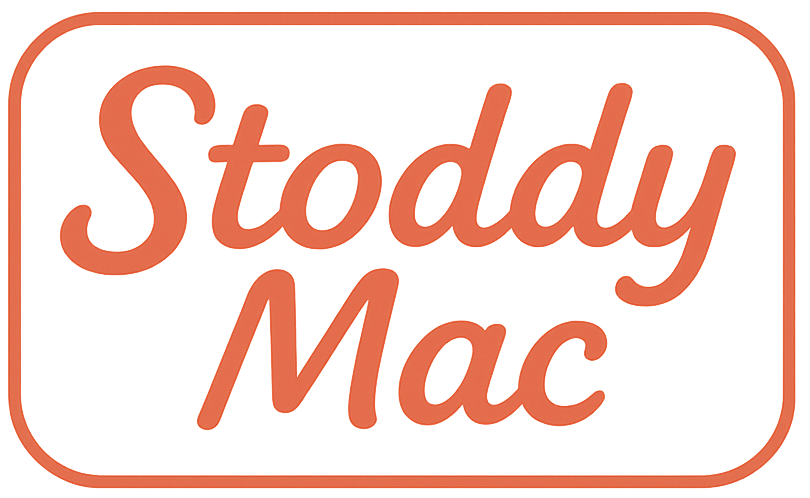Pick Your Channel, Protect Your Team: Why Delivery Matters More Than Ever
Carrier pigeon typing away on a laptop in an office environment
When a "quick email" spirals into three days of confusion, missed deadlines, and a tense Slack thread, the problem wasn’t the message. It was the medium.
The way we deliver information at work is breaking down.
Between Slack pings, Zoom fatigue, and a constant tug-of-war between "async" and "ASAP," clarity is dying by a thousand channels.
Poor communication isn’t just annoying. It’s expensive, stressful, and eroding trust.
Research shows poor delivery is responsible for 70% of corporate errors, and more than half of employees feel anxious about misinterpreting tone in written messages. MorganHR lays it out clearly: tone isn’t fluff. It’s performance fuel.
This post breaks down why how you say something matters more than ever, and how smart leaders choose the right method to keep their teams aligned.
The Hidden Cost of a Misread Message
Tone isn’t a vibe check. It’s a signal.
And in today’s message-heavy, meeting-heavy workplace, it’s one of the most misfired signals we have.
MorganHR reports that 53% of employees feel anxious about misreading the tone of written communication.
That anxiety adds up. Grammarly's 2024 report puts the cost of miscommunication in U.S. businesses at a staggering $1.2 trillion per year.
Choosing the wrong channel doesn’t just delay progress. It chips away at trust, clarity, and psychological safety.
Face-to-Face: Still the Gold Standard
In-person communication only makes up 23% of workplace conversations today, but it reduces misunderstandings by 67% compared to digital channels, according to MorganHR.
Before open floor plans became TikTok punchlines, they were designed so teams could literally hear and see each other.
That wasn’t by accident. Physical proximity was the original alignment tool.
Modern leaders need to recreate that kind of trust on purpose.
Face-to-face is best when the stakes are high, the message is sensitive, or clarity needs a human touch.
Video: Efficient, Not Always Effective
Video is a decent proxy for presence, but it’s no substitute for real connection.
Showpad found that 76% of employees feel more distracted on video calls than in-person meetings.
Add in a generational twist: 40% of Boomers prefer in-person, while only 17% of Gen Z does.
That’s not just a channel gap. It’s a culture gap.
Leaders of hybrid teams must bridge it by being clear about when video is good enough, and when the moment calls for more authenticity.
Email: Clear Trail, Risky Tone
Email still dominates the workplace, with 52.5% of employees using it weekly.
But it’s also the most likely to be misread, especially when it comes to tone.
That same stat from MorganHR bears repeating: over half of employees worry about misinterpreting written tone.
And timing matters too.
EmailTooltester found that mid-week, mid-day emails get 23% higher response rates.
Use email for documentation, not for delivering complex updates, emotional feedback, or anything requiring tone control.
Phone: Tone Without Body Language
The College of Public Speaking warns that phone calls are "particularly prone to misinterpretation."
Without facial cues or gestures, 38% of the message relies on vocal tone alone.
Flat delivery? It can sound like you don’t care, even when you do.
Use the phone for quick clarifications or urgent updates, but don’t assume it carries the same trust-building weight as a face-to-face or video call.
Right Size, Right Strategy
Your communication strategy should scale with your company.
Small teams (<250): Spontaneous face-to-face or video chats often work best. Keep it informal, fast, and direct.
Mid-sized companies (250–1,000): You need structured communication guidelines, with clear escalation paths when things get complex.
Enterprises (1,000+): As McKinsey found, well-connected teams are 20 to 25% more productive, but only when delivery frameworks are systematized.
What works at a startup won’t work in a matrixed org chart.
Match your methods to your scale.
Tech Helps, But Doesn’t Replace Judgment
AI tools can tell you when messages are opened, track engagement, and suggest templates.
But they can’t read the emotional room.
Digital efficiency only gets you so far.
Leaders still need empathy and emotional intelligence to know when a message needs a face, a voice, or a moment of pause.
Don’t just ask what to say.
Ask where to say it.
The channel is the message, and your team’s clarity rides on your choice.
If this helped cut through the chaos, join other leaders getting weekly insights from The Signal.

